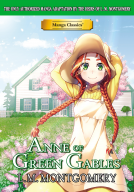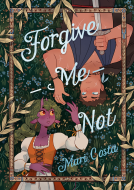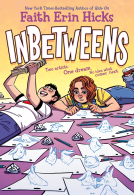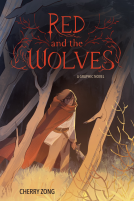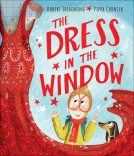
POLLEN
Darwin's 130-Year Prediction
by Darcy Pattison
This title was previously available on NetGalley and is now archived.
Send NetGalley books directly to your Kindle or Kindle app
1
To read on a Kindle or Kindle app, please add kindle@netgalley.com as an approved email address to receive files in your Amazon account. Click here for step-by-step instructions.
2
Also find your Kindle email address within your Amazon account, and enter it here.
Pub Date May 07 2019 | Archive Date Apr 01 2019
Description
POLLEN: DARWIN’S 130 YEAR PREDICTION
**Junior Library Guild selection**
“POLLEN is extraordinary! What a great story that encapsulates so many important concepts in science - pollination, structure and function of living things, and how scientific discoveries take time. It is so well written and will make a wonderful read-aloud.” Emily Morgan, co-author of Picture Perfect Science
Elementary Science – POLLEN
How long does it take for science to find an answer to a problem?
On January 25, 1862, naturalist Charles Darwin received a box of orchids. One flower, the Madagascar star orchid, fascinated him. It had an 11.5” nectary, the place where flowers make nectar, the sweet liquid that insects and birds eat. How, he wondered, did insects pollinate the orchid? It took 130 years to find the answer.
After experiments, he made a prediction. There must be a giant moth with a 11.5” proboscis, a straw-like tongue. Darwin died without ever seeing the moth, which was catalogued by entomologists in in 1903. But still no one had actually observed the moth pollinating the orchid.
In 1992, German entomologist, Lutz Thilo Wasserthal, Ph.D. traveled to Madagascar. By then, the moths were rare. He managed to capture two moths and released them in a cage with the orchid. He captured the first photo of the moth pollinating the flower, as Darwin had predicted 130 years before.
Backmatter includes information on the moth, the orchid, Charles Darwin, Lutz Wasserthal. Also included is Wasserthal’s original photo taken in 1992.
Available Editions
| EDITION | Ebook |
| ISBN | 9781629441214 |
| PRICE | |
Average rating from 9 members
Featured Reviews
 Lisa L, Reviewer
Lisa L, Reviewer
I was provided a copy of POLLEN by Darcy Pattinson to read and review. This book is a very educational quick read that is easy to understand and the illustrations are very cute and friendly. A must read for children and families.
This is an amazing little picture book about what happened when Charles Darwin found an orchid and tried to figure out how it was pollinated, because the stamen and nectar were deep within the cavity.
He theorized that it was done by a moth, of some kind, with a long prothesis that uncoiled and managed to polinate it.
But, he died before he could find that said moth.
It wasn't until modern times, that someone put the suspected moth and the orchid in the same room, so they could see if the theory worked.
Such a cool way to explain about science to youngsters. Delightful book.
<img class="alignnone size-full wp-image-5011" src="https://g2comm.com/wp-content/uploads/2019/03/Screen-Shot-2019-03-04-at-12.05.32-AM.png" alt="" />
Thanks to Netgalley for making this book available for an honest review.
 Rogene C, Educator
Rogene C, Educator
An interesting and hilarious way of detailing the ingeniousness of Darwin that we are still marveling at some 150 years later.
 Rani I, Reviewer
Rani I, Reviewer
This book serves three purposes. One, it describes the scientific process (make an observation, predict, and find evidence); two, it shows the intricate plant-animal relationships, and finally, it provides a scientific story for readers. The title will be a wonderful addition for students learning about rain forests, pollination, scientific process, and students fascinated with animals and nature. I wish the students could have had the opportunity to study a map and some more background information or a side bar/ back matter about the rain forests at Madagascar. This book will certainly fascinate students.
Readers who liked this book also liked:
L.M Montgomery
Children's Fiction, Comics, Graphic Novels, Manga, Teens & YA
Mia Jay Boulton; Laurel Boulton
Comics, Graphic Novels, Manga, Romance, Sci Fi & Fantasy
Charise Mericle Harper
Children's Nonfiction, Comics, Graphic Novels, Manga, Middle Grade
